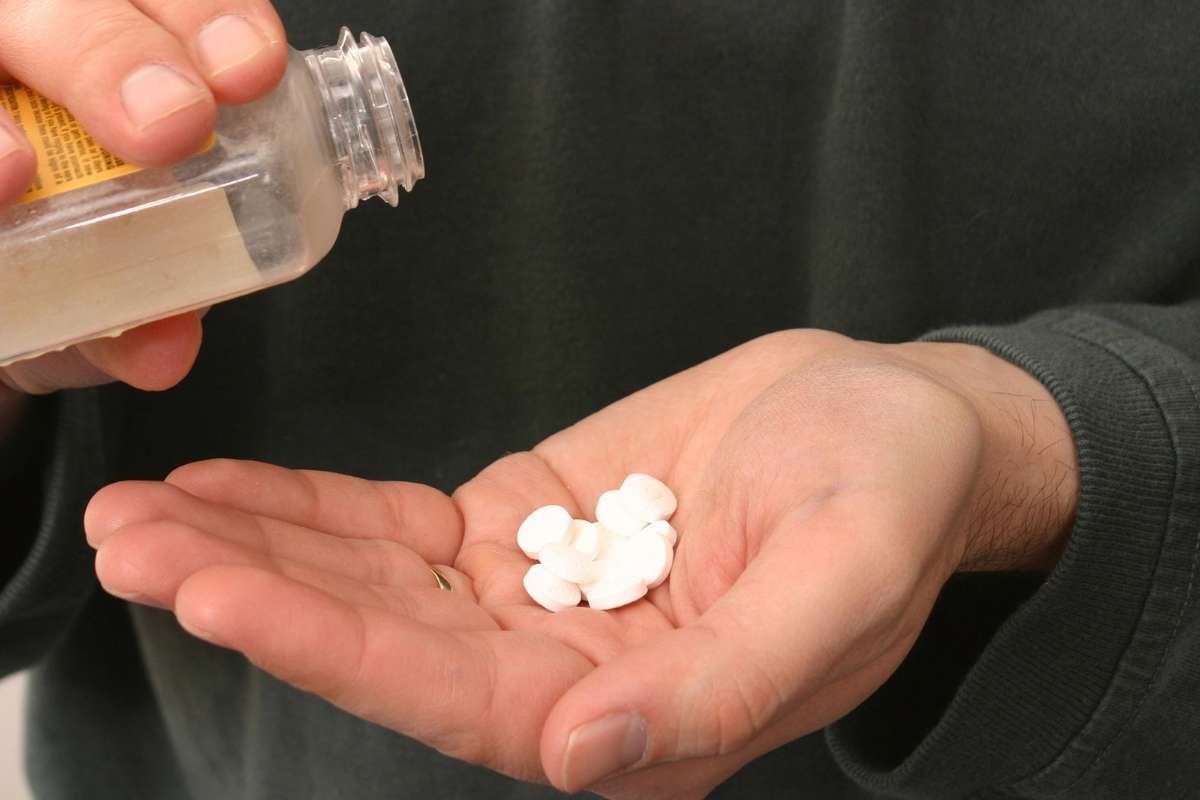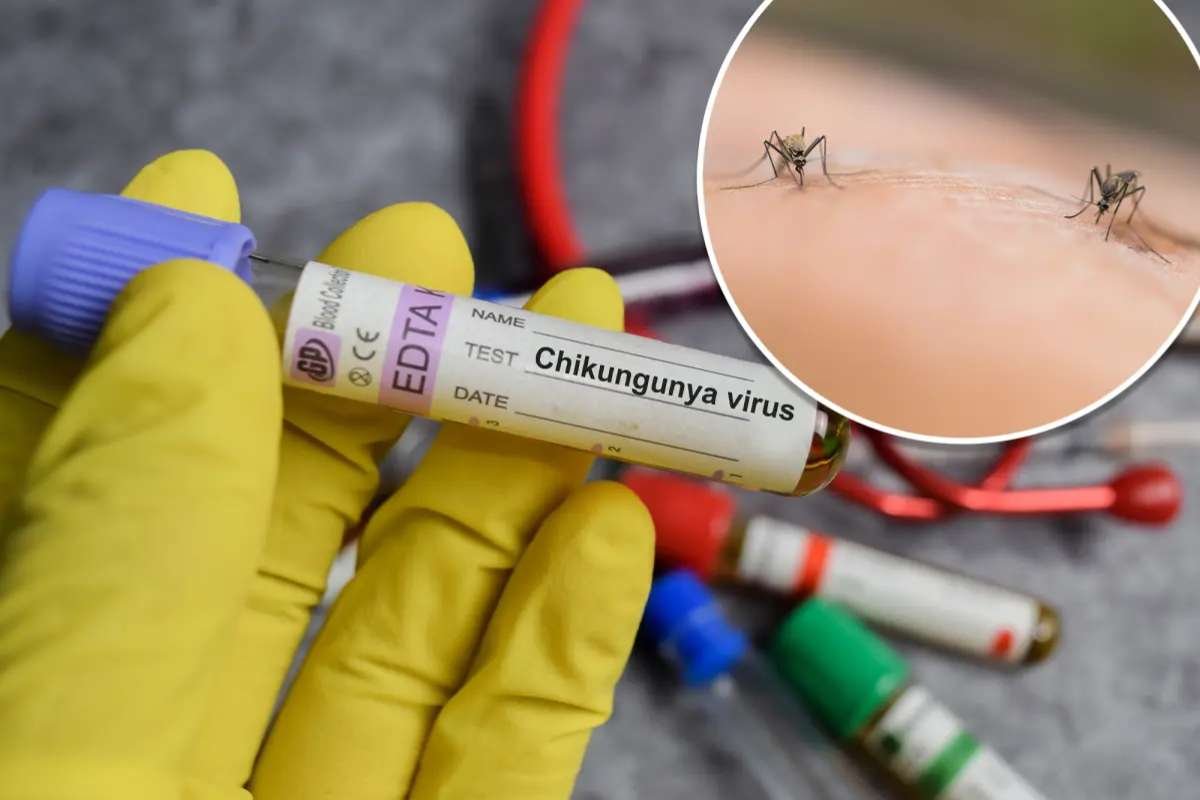A groundbreaking fossil discovery is captivating scientists and reshaping our understanding of ancient marine ecosystems. Paleontologists from the Manitoba Museum and the Royal Ontario Museum (ROM) have identified a new 506-million-year-old species, Mosura fentoni, from the Burgess Shale in British Columbia, Canada. The creature, which lived during the Cambrian period, boasts an unusual anatomy — including three eyes, spiny claws, and a tooth-lined circular mouth — suggesting it was a formidable predator in early ocean ecosystems.
Belonging to the extinct radiodont group, Mosura is a distant relative of modern arthropods like insects and crustaceans. Though just the size of a human finger, it exhibited complex swimming mechanisms using rows of flaps along its sides. Researchers liken it to other radiodonts such as Anomalocaris, yet Mosura fentoni stands out due to its distinctive tail-like rear segment featuring 16 gill-lined segments — a structure unseen in other members of its group.
Joe Moysiuk, curator at the Manitoba Museum and lead author of the study published in Royal Society Open Science, highlighted this feature’s evolutionary significance. “It’s a striking example of convergence with modern arthropods like horseshoe crabs and woodlice, which also concentrate respiratory organs at the back of the body,” he said.
The “Sea-Moth” With a Sci-Fi Namesake
Field collectors nicknamed the creature the “sea-moth” due to its wide flaps and narrow body, inspiring its scientific name — a nod to the fictional kaiju Mothra. Despite the name, Mosura fentoni is only distantly related to modern moths and falls much deeper in the evolutionary lineage of arthropods.
“Radiodonts were the first major offshoot in the arthropod evolutionary tree,” explained ROM’s Jean-Bernard Caron, a co-author of the study. “This discovery emphasizes how early arthropods were already diversifying in ways that mirror the forms we see in their modern descendants.”
Remarkably, the fossils of Mosura fentoni also offer a rare glimpse into its internal anatomy. Preserved structures show traces of a nervous system, circulatory system, and digestive organs. Researchers identified nerve bundles in the creature’s eyes that would have helped it process visual information — a sophisticated trait for such an ancient organism.
One of the most stunning features was Mosura’s open circulatory system. Unlike humans, it lacked arteries and veins. Instead, its heart pumped blood into large cavities called lacunae, which were visible in the fossil as reflective patches.
Decades of Discovery at a World Heritage Site
A total of 61 Mosura fentoni specimens were studied, most of which were excavated by ROM teams from 1975 to 2022 at the Raymond Quarry in Yoho National Park. Some were also recovered from Marble Canyon in Kootenay National Park, part of the UNESCO-designated Canadian Rocky Mountain Parks World Heritage Site.
Notably, one fossil examined in the study was originally collected by Charles Walcott, the early 20th-century discoverer of the Burgess Shale. Moysiuk emphasized the continuing value of museum collections, stating, “If you think you’ve seen it all before, just open a museum drawer.”
The Burgess Shale continues to be a treasure trove for paleontologists and is managed by Parks Canada, which supports public engagement through guided hikes and educational programs. The Royal Ontario Museum in Toronto features many radiodont fossils, and Mosura fentoni will soon be on display at the Manitoba Museum, offering the public a rare glimpse into a mysterious predator from Earth’s distant past.
Explore more news in our The Lifesciences Magazine.







